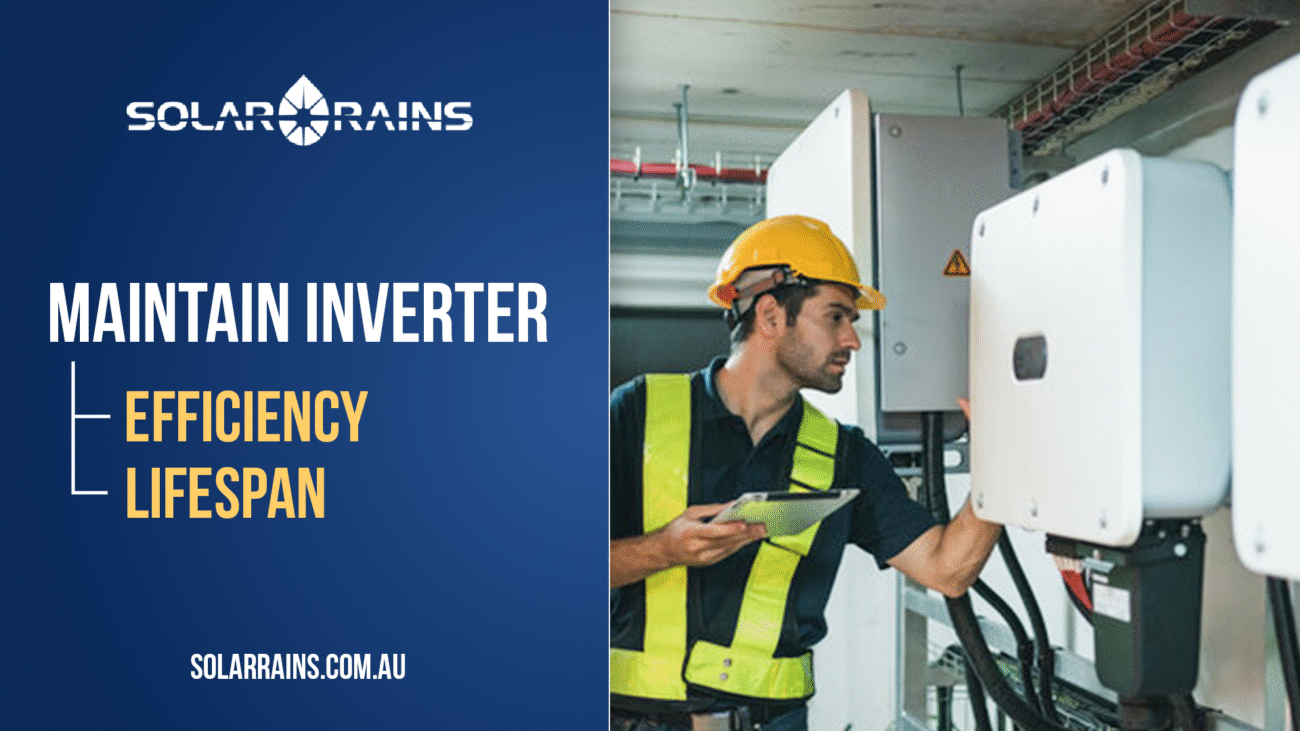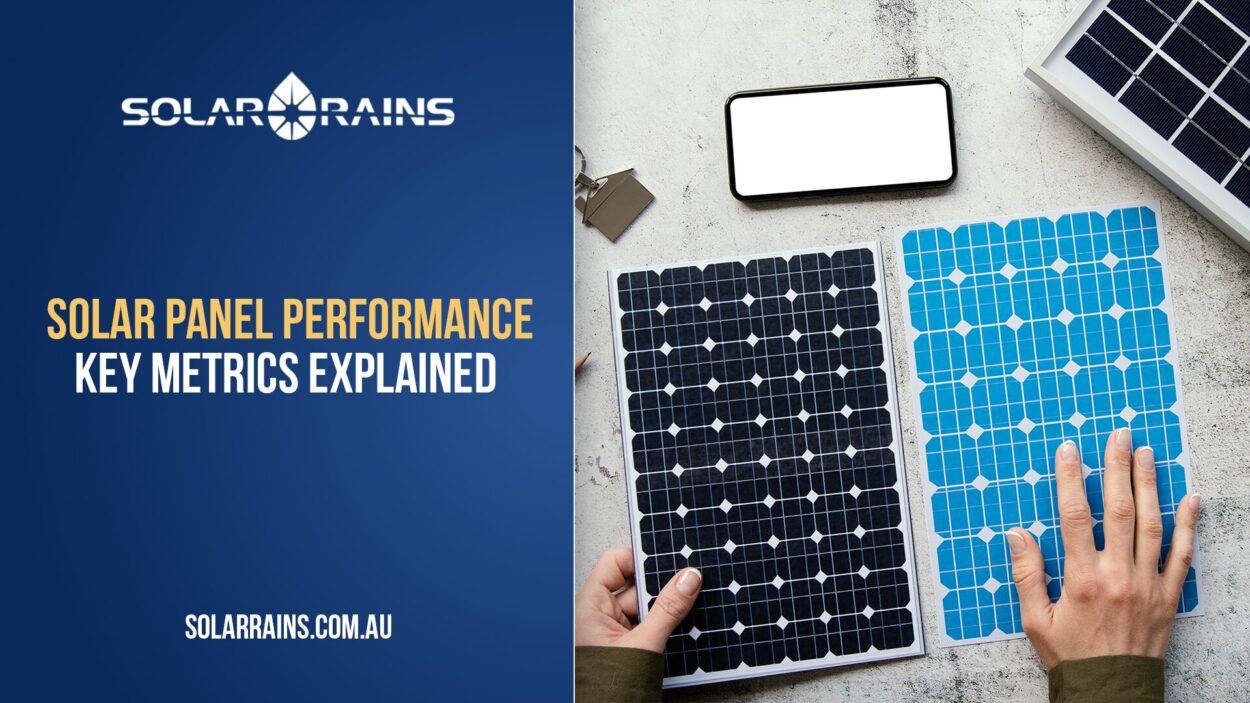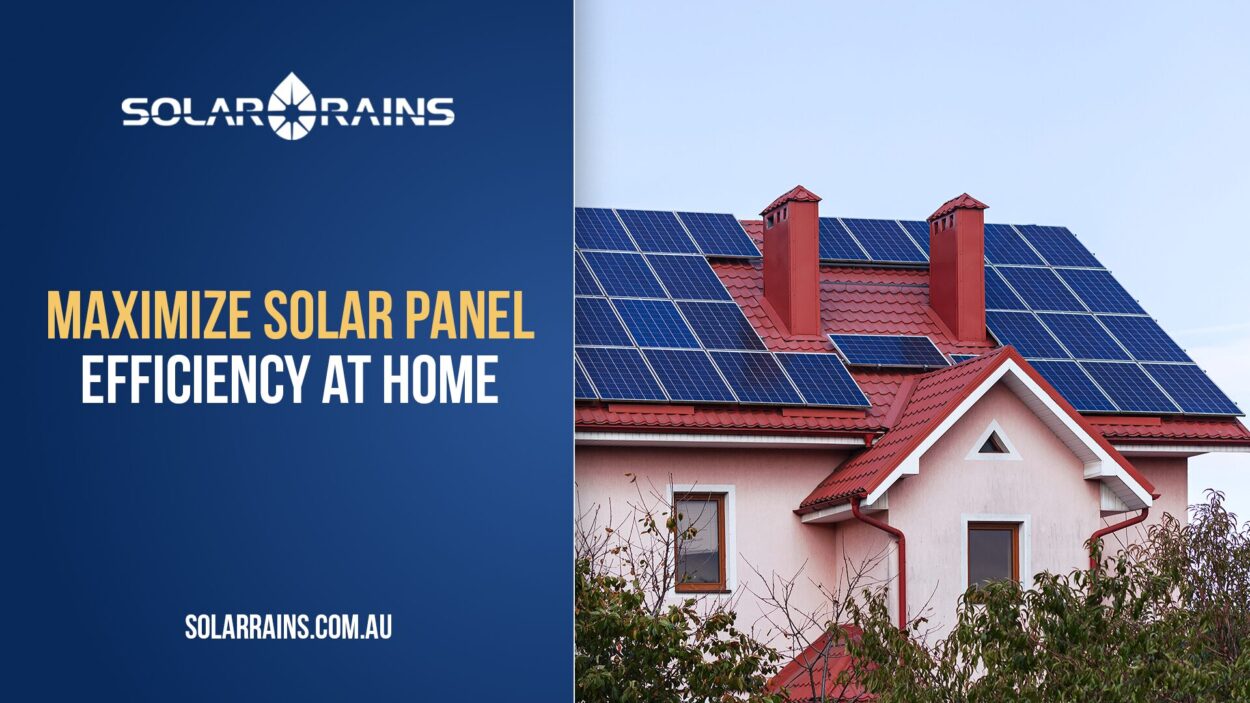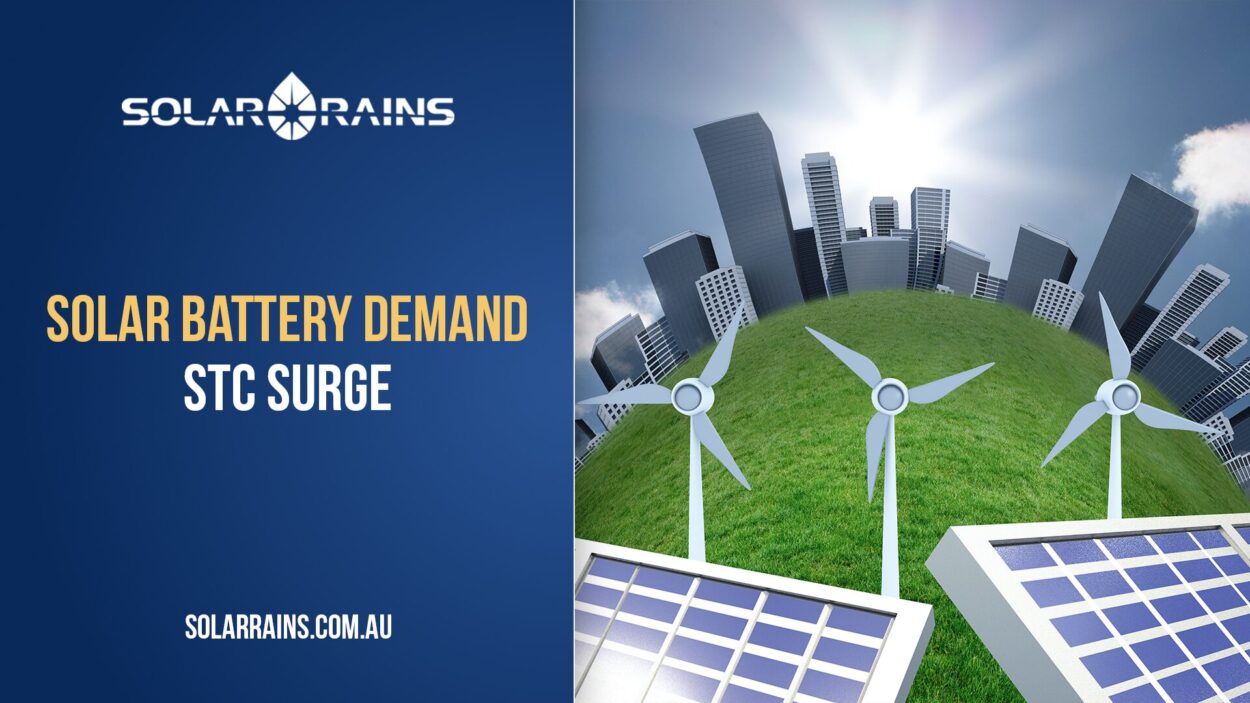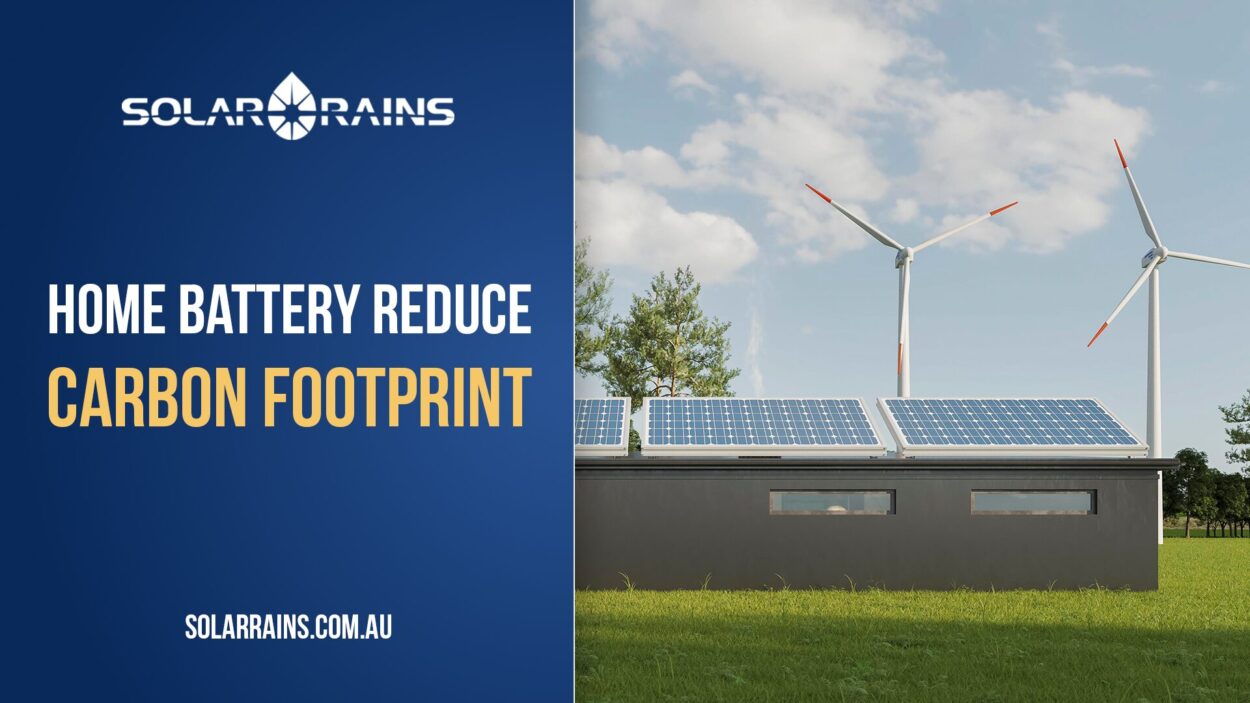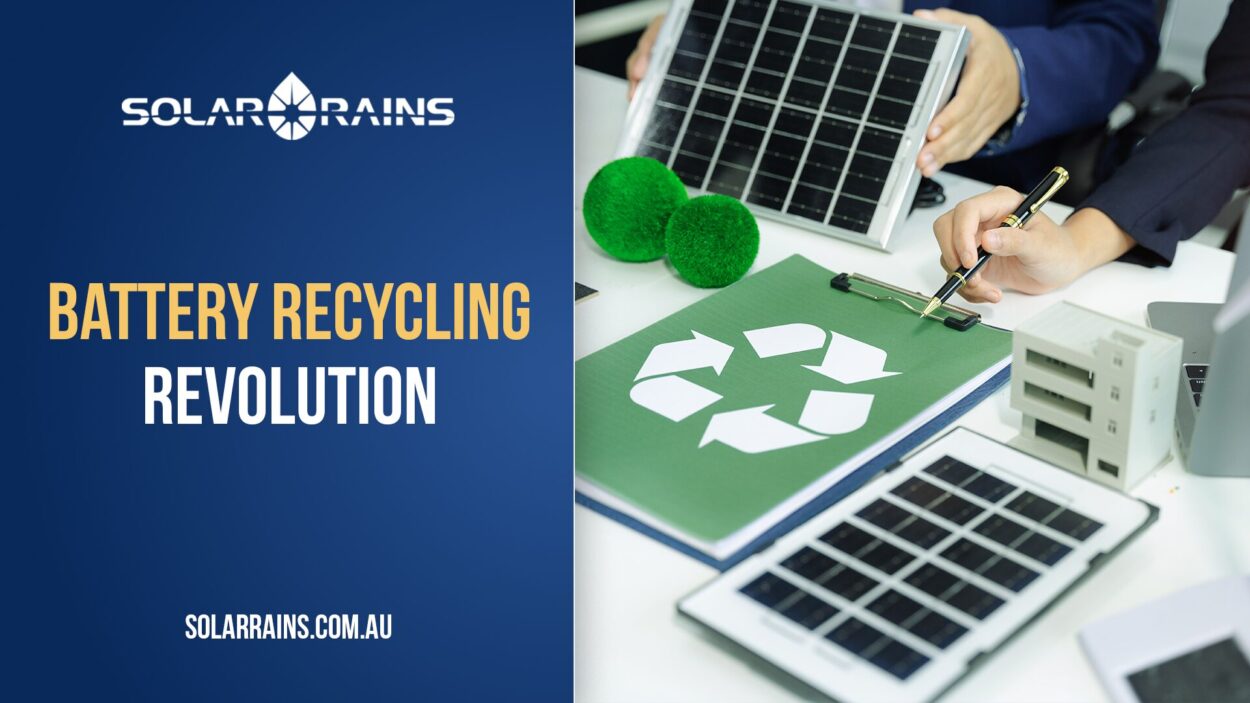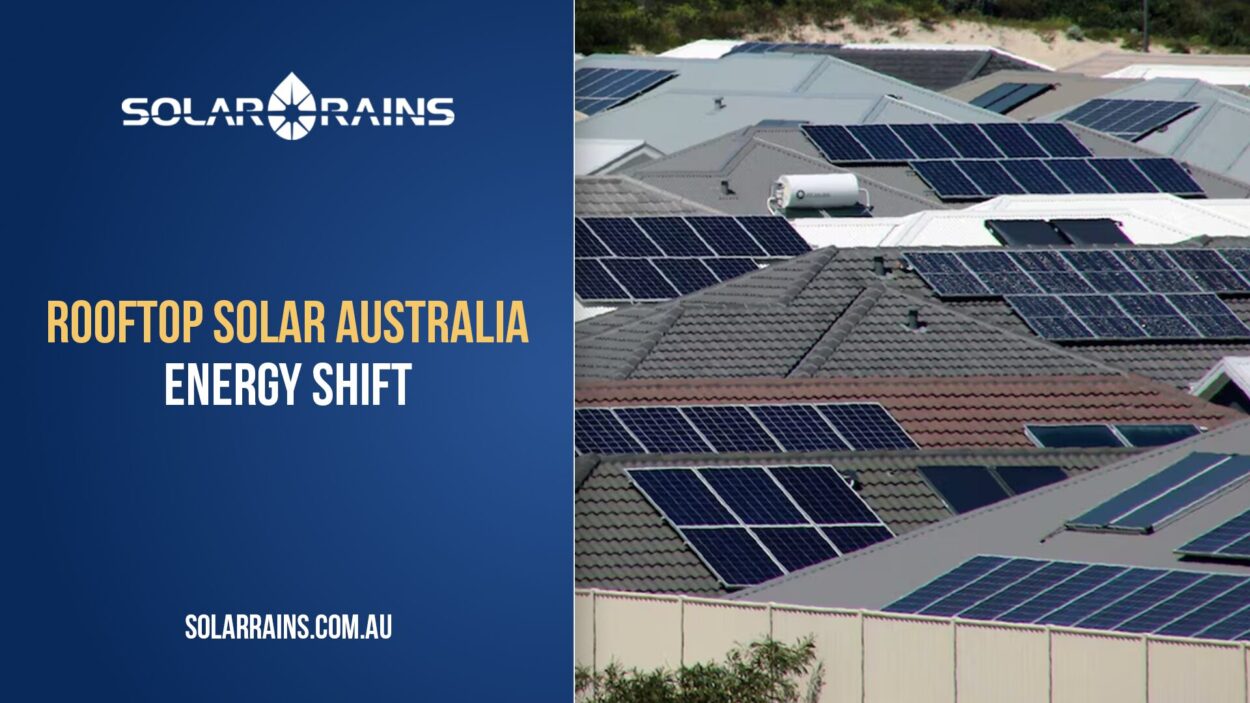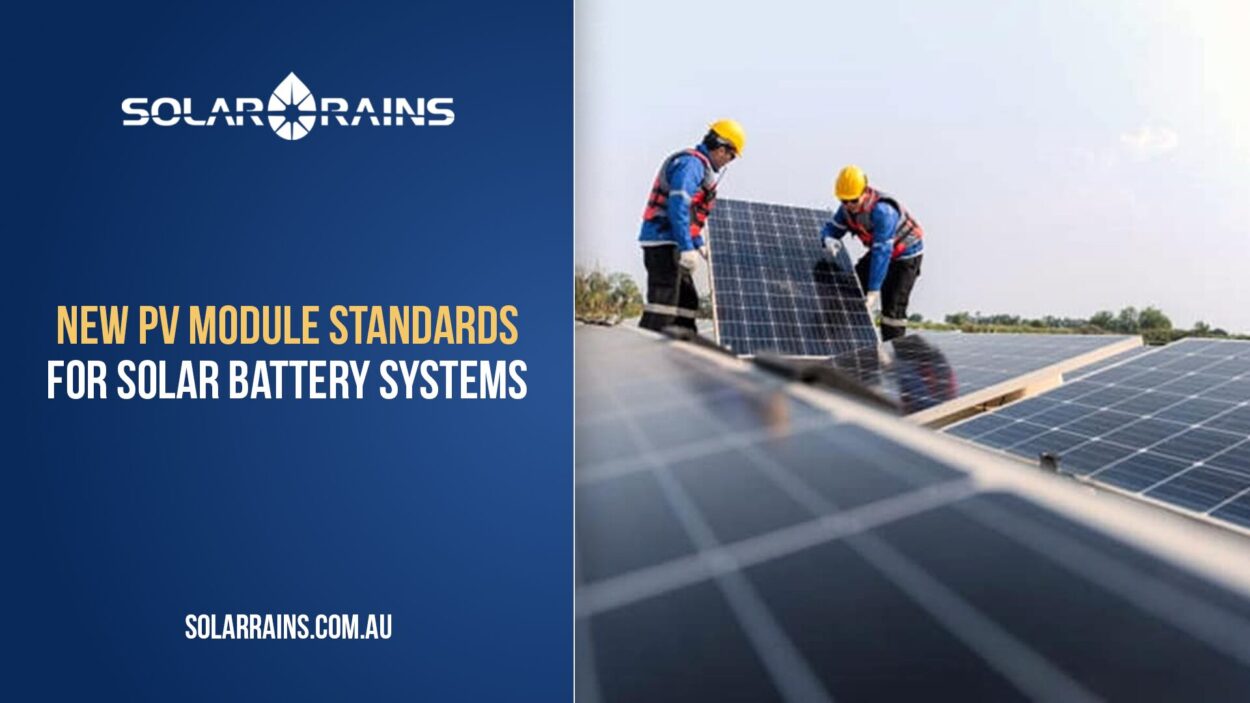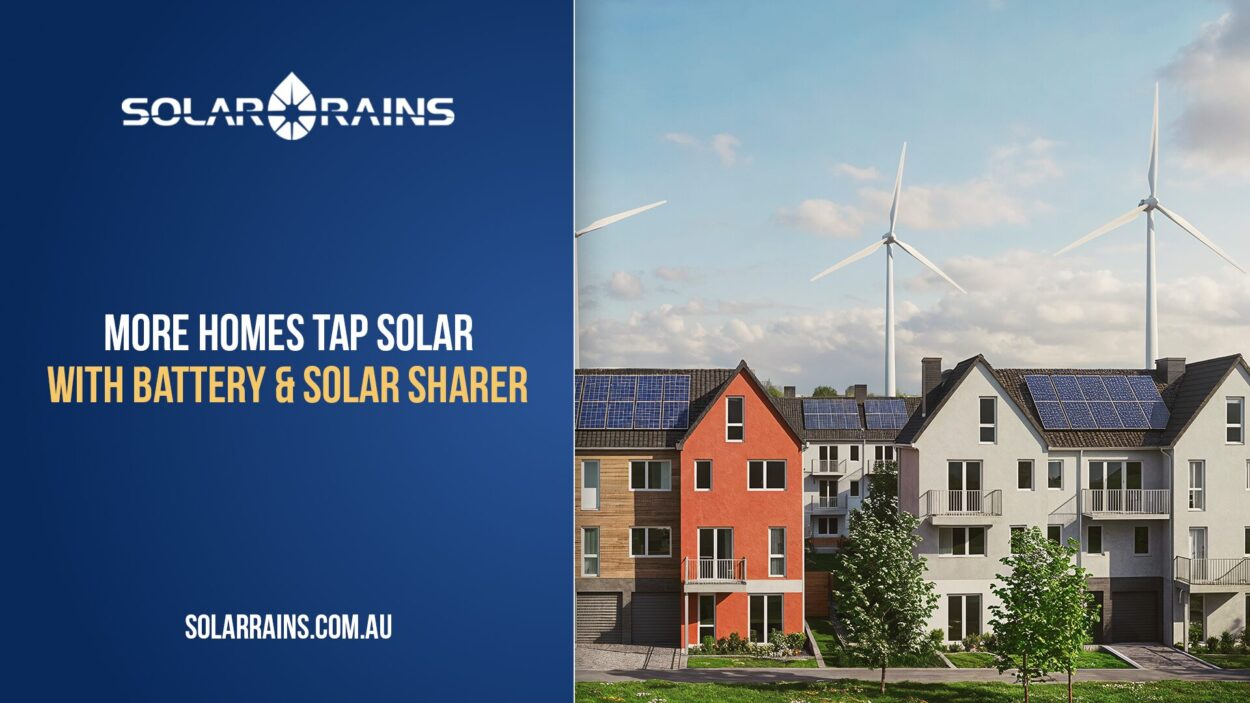In a solar power system, the inverter is the heart. It converts solar DC electricity into usable AC electricity for your home or business. But while solar panels are often praised for their durability, many users overlook the fact that the inverter is more delicate and requires regular maintenance.
Neglecting this crucial component can lead to energy loss, expensive repairs, or premature system failure. In this guide, we’ll explore how to maintain your inverter properly to maximise its efficiency and lifespan.
Why Inverter Maintenance Matters
An inverter is not just a passive component; it actively regulates power conversion, monitors system performance, and safeguards the system against electrical faults. Yet most inverters come with an expected lifespan of just 10–15 years, far shorter than solar panels that last 25–30 years.
Failing to maintain your inverter can result in:
- Overheating during peak performance hours
- Lower energy yield and poor efficiency
- Safety risks due to internal damage or poor ventilation
- Warranty voids from manufacturer negligence
A poorly performing inverter can bottleneck your entire system. That’s why consistent care, monitoring, and preventive checks are vital.
How Solar Inverters Work & Common Issues
What Does a Solar Inverter Do?
A solar inverter converts DC (Direct Current) from solar panels into AC (Alternating Current) that powers your appliances. It also manages voltage fluctuations, shuts down in unsafe conditions, and provides real-time data via apps or online dashboards.
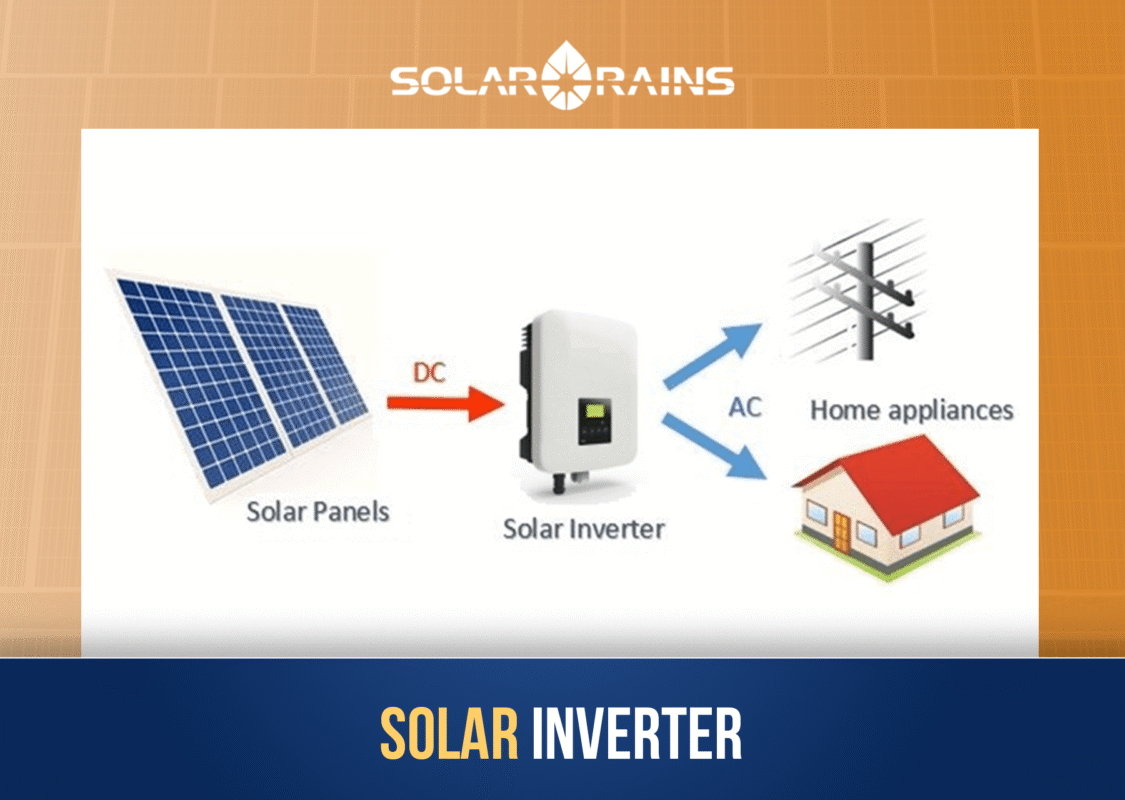
There are different types: string inverters, microinverters, and hybrid inverters — each with unique maintenance needs.
Common Issues Inverters Encounter
- Dust accumulation on vents causes overheating
- Firmware issues from outdated software
- Corrosion or water ingress, especially in outdoor installations
- Component fatigue, particularly in high-humidity or high-heat environments
Being aware of these risks is the first step in proactive inverter care.
Practical Tips to Maintain Your Inverter
Regular Visual Inspections
Once a month, do a quick check:
- Is the display panel active and showing regular output?
- Are there warning lights or unusual error codes?
- Are there any visible damages to wires or connectors?
- Any dust, insect nests, or moisture on or around the unit?
This five-minute habit can save you thousands in future repair costs.
Clean Vents & Keep Area Clear
Inverters need proper airflow. Dust or leaves blocking the fan vents will cause overheating.
- Use a dry cloth or low-pressure vacuum to remove dirt.
- Do not spray water or solvents — inverters aren’t fully waterproof.
- Keep at least 30 cm of clearance on all sides.
Monitor Performance Metrics
If your inverter supports remote monitoring, check:
- Daily & weekly kWh output
- Voltage fluctuations
- Error logs or software status
Inverters like those from Swatten and Deye include apps for real-time monitoring. If your energy output drops unexpectedly, it could be due to an inverter fault.
Install in a Protected Area
Outdoor-rated inverters are weather-resistant — not waterproof. If possible:
- Install under a shade or inverter shelter
- Avoid placing near water outlets or low ground
- Choose wall mounts for better ventilation
Update Firmware
Check with your solar supplier or installer every 6–12 months for firmware updates. New updates may:
- Improve fault tolerance
- Reduce downtime
- Add smart grid or Virtual Power Plant (VPP) compatibility
Annual Professional Maintenance
A certified technician should inspect the unit once a year, checking:
- Heat sink condition
- Terminal tightening
- Grounding resistance
- Firmware diagnostics
This cost (around $150–$250/year) is a small price compared to replacing a failed inverter.
Factors That Affect Inverter Lifespan
Environmental Exposure: Extreme heat or moisture can cause faster degradation. An inverter exposed to the sun without shading may lose efficiency by 10–15%.
Overloading: Connecting loads that exceed the inverter’s rated output will strain the internal circuits.
Low-Quality Installation: Poor cable terminations, improper grounding, or lack of surge protection are leading causes of premature failure.
Battery Integration Issues: Pairing an incompatible battery with a non-hybrid inverter may damage internal components.
Choose an installer who works with trusted solar products from brands with local support in Australia.
Cost vs. Benefit of Proper Maintenance
| Scenario | Estimated Cost | Result |
| Annual Maintenance (DIY + technician) | $150–$300/year | Efficiency maintained at ~98%, longer lifespan |
| Neglected System | $0 (initially) | 5–10% loss in energy output, possible failure |
| Full Replacement (5–10kW inverter) | $1,500–$3,000 | Downtime, expensive labour, system reset |
Maintaining your inverter is cost-effective. It preserves performance, reduces downtime, and ensures you’re getting maximum ROI from your solar system.
FAQs
Do a quick visual inspection every month. Have a professional inspection annually to check wiring, connections, and performance metrics.
Good inverters include safety features that shut down during dangerous grid events (e.g., brownouts or surges). This is normal and temporary.
Not unless you have a hybrid inverter connected to a battery. Standard solar inverters will shut down during grid failure to prevent backfeed.
Not necessarily. Outdoor-rated inverters (IP65+) can be installed outside but must be sheltered from direct sun and rain.
Check the manufacturer’s guide or app for what the code means. If unsure, contact your solar power supplier or installer immediately.
No. Use a dry or slightly damp cloth only on the exterior. Never open the unit or spray water near it.
With regular care, quality solar inverters last 10–15 years. Some models from reputable brands like Fronius or Deye come with 10+ year warranties.
– Sudden drop in energy yield
– No display or blinking error lights
– Audible beeping or buzzing
– Hot to the touch
– Unusual smells (burning plastic or ozone)
Conclusion & Actionable Advice
Whether you’re a homeowner or a commercial operator, maintaining your inverter is non-negotiable if you want optimal energy performance and system longevity.
Key takeaways:
- Regular checks and cleaning prevent minor issues from becoming major failures.
- Monitoring output data lets you respond quickly to drops in efficiency.
- Choose professional maintenance at least once per year.
Looking to upgrade or maintain your inverter with high-quality service and reliable brands? Contact Solar Rains for expert advice, certified products, and technical support tailored to Australian conditions.

